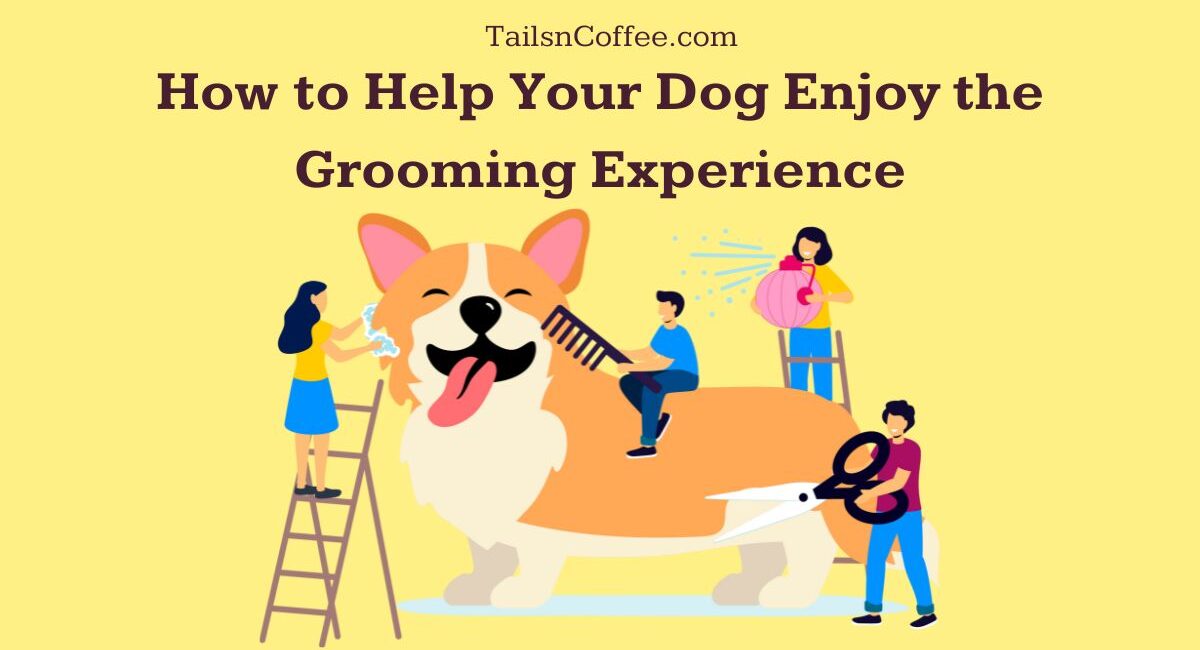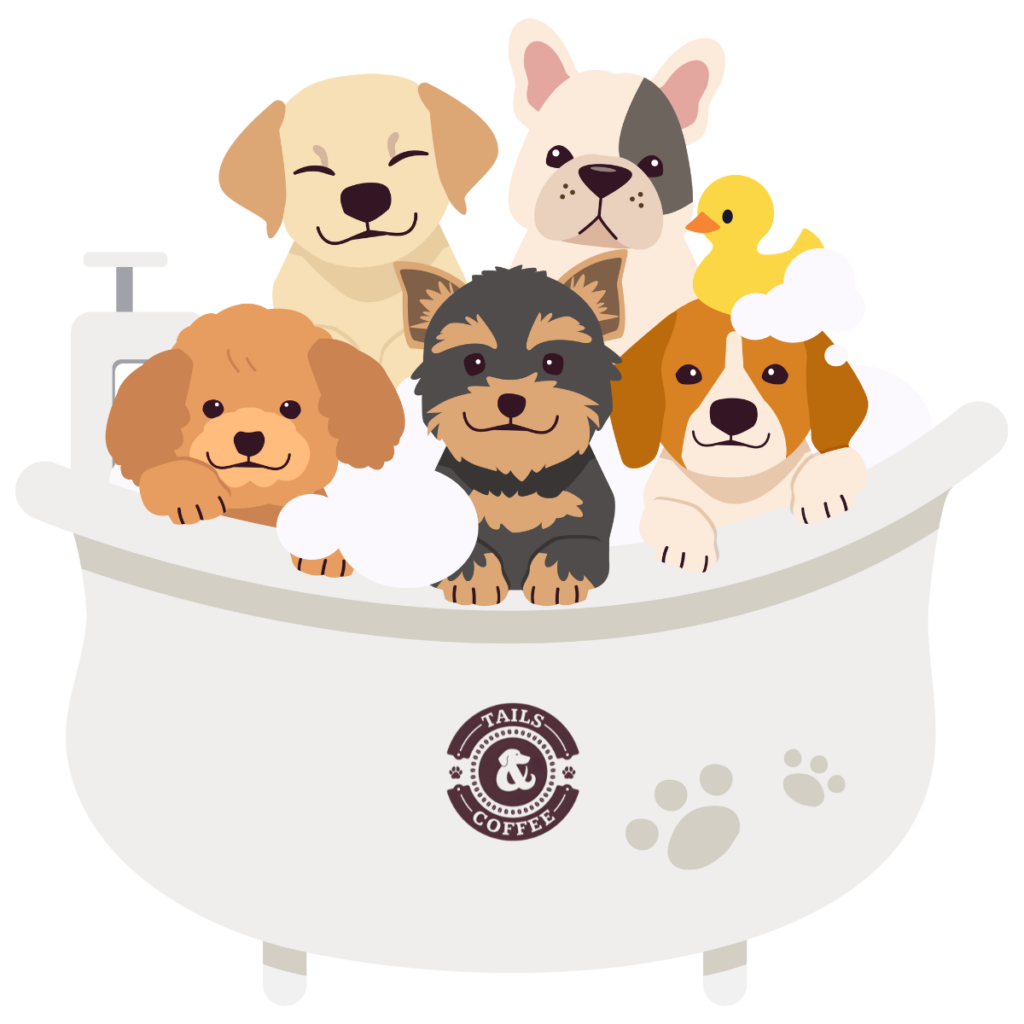Grooming is an essential aspect of caring for your dog’s health and well-being. It not only keeps their coat clean and healthy but also helps maintain good hygiene, prevents skin irritations, and allows you to check for any lumps, bumps, or other abnormalities. However, for many dogs, grooming can be a source of anxiety and stress. The unfamiliar sensations, sounds, and environments associated with grooming can cause fear and discomfort, making the process challenging for both the dog and the owner. Understanding the reasons behind your dog’s grooming anxiety and implementing strategies to help them feel more comfortable can transform the grooming experience into a positive one for both you and your furry friend.
Understanding Grooming Anxiety in Dogs
Reasons for Grooming Anxiety
There are several reasons why dogs may experience grooming anxiety. One of the most common reasons is unfamiliarity with the grooming process. If a dog has not been exposed to regular grooming from a young age, they may find the experience overwhelming and frightening. This is particularly true for rescue dogs or those who have had limited socialization. Negative past experiences can also contribute to grooming anxiety. If a dog has had a painful or traumatic experience during grooming, such as being accidentally cut or burned by grooming tools, they may associate grooming with fear and distress.
Another reason for grooming anxiety is sensitivity to touch or certain grooming tools. Some dogs may have sensitive skin or be particularly averse to having certain areas of their body handled, such as their paws or ears. The sensation of clippers, scissors, or brushes against their skin may cause discomfort or even pain, leading to anxiety and resistance during grooming. Additionally, some dogs may be fearful of unfamiliar environments or people, which can exacerbate their anxiety during grooming sessions, especially if they are taken to a professional groomer or veterinary clinic.
Signs of Grooming Anxiety
It is essential to recognize the signs of grooming anxiety in dogs so that you can take steps to help them feel more comfortable. Common signs of anxiety include whining, panting, or shaking. Dogs may also exhibit rapid breathing, which is a sign of stress and fear. In some cases, dogs may display aggressive behavior, such as growling, snapping, or biting, in an attempt to avoid or escape the grooming process. Other signs of anxiety include hiding or attempting to escape, as well as physical symptoms such as diarrhea or vomiting.
If your dog exhibits any of these signs during grooming, it is crucial to take a step back and assess the situation. Forcing your dog to endure a grooming session when they are experiencing anxiety can worsen their fear and make future grooming attempts even more challenging. Instead, it is essential to work with your dog to help them feel more comfortable and relaxed during grooming.
Strategies for Helping Your Dog Enjoy Grooming
Starting Early and Keeping It Positive
One of the most effective ways to help your dog enjoy grooming is to start early and keep it positive. Introducing grooming to your dog when they are young can help them become accustomed to the process and associate it with positive experiences. Puppy grooming sessions should be short and focused on creating a pleasant experience rather than achieving a perfect groom. Use positive reinforcement techniques, such as offering treats and praise, to encourage your puppy to enjoy grooming. As your puppy grows, gradually increase the duration and complexity of grooming sessions, always prioritizing their comfort and well-being.
Desensitization Techniques
For adult dogs who are already experiencing grooming anxiety, desensitization techniques can be highly effective. Desensitization involves gradually exposing your dog to grooming tools and techniques in a controlled, non-threatening manner. Start by allowing your dog to sniff and explore grooming tools, such as brushes, combs, and clippers, without using them. Offer treats and praise as your dog investigates the tools, creating a positive association. Once your dog is comfortable with the presence of grooming tools, begin to gently touch and handle sensitive areas, such as paws and ears, using a light touch and plenty of treats. Over time, gradually increase the intensity and duration of handling, always monitoring your dog’s body language and comfort level.
Creating a Calming Environment
Creating a calming environment for grooming can also help reduce your dog’s anxiety. Choose a quiet, comfortable space for grooming sessions, away from loud noises and distractions. Consider using calming aids, such as pheromone diffusers or soothing music, to create a relaxing atmosphere. Ensure that the grooming area is well-lit and free of clutter or potential hazards that could startle or frighten your dog.
Using the Right Tools and Techniques
Using the right tools and techniques is also crucial for minimizing grooming anxiety. Select grooming tools that are appropriate for your dog’s coat type and size, and ensure that they are in good condition and free of any sharp edges or rough surfaces. Be gentle and patient while grooming, taking breaks as needed to allow your dog to relax and enjoy the process. If your dog is prone to biting or snapping, consider using a muzzle to ensure your safety and prevent any accidental injuries.
Seeking Professional Help
In some cases, professional help may be necessary to overcome severe grooming anxiety. Consult with a professional groomer who has experience working with anxious dogs and can provide guidance on techniques and strategies to make grooming more comfortable for your pet. If your dog’s anxiety is severe or persists despite your best efforts, seek guidance from a veterinarian or animal behaviorist. They can provide additional advice and may recommend medication or other interventions to help manage your dog’s anxiety.
For extreme cases of grooming anxiety, sedation may be necessary to allow for safe and effective grooming. However, this should only be done under the close supervision of a veterinarian and as a last resort when other methods have been exhausted. Sedation carries risks and should be used judiciously, with careful consideration of your dog’s overall health and well-being.
The Importance of Patience and Understanding
Recognizing Every Dog’s Unique Needs
When working to overcome grooming anxiety, it is essential to recognize that every dog is unique and may have different needs and preferences. What works for one dog may not work for another, and it is essential to be patient and persistent in finding the right approach for your individual pet. Some dogs may respond well to desensitization techniques, while others may require a more gradual and long-term approach. Be prepared to adapt your strategies as needed and always prioritize your dog’s comfort and well-being.
Being Patient and Persistent
Helping your dog overcome grooming anxiety is a process that requires patience and persistence. It may take weeks or even months of consistent effort to see significant progress, and there may be setbacks along the way. It is essential to remain calm and positive throughout the process, even when progress seems slow or your dog experiences moments of anxiety. Celebrate small victories and continue to offer praise and rewards for positive behaviors. Remember that every step forward, no matter how small, is a step in the right direction.
Prioritizing Your Dog’s Comfort and Well-Being
Above all, it is essential to prioritize your dog’s comfort and well-being throughout the grooming process. If your dog becomes overwhelmed or distressed during a grooming session, take a break and allow them to relax before continuing. Never force your dog to endure a grooming session if they are showing signs of severe anxiety or distress, as this can worsen their fear and make future grooming attempts even more challenging. If you are unsure about how to proceed or if your dog’s anxiety is severe, do not hesitate to seek professional help from a veterinarian, animal behaviorist, or experienced groomer.
Conclusion
Helping your dog overcome grooming anxiety requires patience, understanding, and a willingness to work with your pet’s individual needs. By introducing grooming gradually, using positive reinforcement techniques, creating a calming environment, and seeking professional help when needed, you can transform the grooming experience into a bonding opportunity for you and your beloved dog. Remember that every dog is unique, and what works for one may not work for another. Be patient, persistent, and always prioritize your dog’s comfort and well-being. With time and dedication, you can help your furry friend learn to enjoy and even look forward to grooming sessions, leading to a healthier, happier life together.
FAQs:
How can you make grooming more enjoyable for the dog?
To make grooming more enjoyable for your dog, keep sessions short, provide plenty of praise and compliments, handle your pet often to get them used to touch, introduce a special “grooming” toy, and generously offer treats throughout the process.
How do you calm an anxious dog for grooming?
Start with mild calming aids like Benadryl or Melatonin. If these are not effective, consult with your veterinarian about prescribed sedatives like Acepromazine. In severe cases, general sedation may be necessary, but this should only be done under the guidance of a veterinarian.
How do I train my dog to enjoy grooming?
To train your dog to enjoy grooming, give them choices by offering high-value treats on a mat or plate while grooming. Set up grooming supplies nearby, and as your dog enjoys the treats, begin grooming them gently, offering praise throughout the process.
Why does my dog not like being groomed?
Dogs may dislike grooming due to anxiety, fear of new experiences, past traumatic events, or a previous negative grooming experience. Some dogs may also be sensitive to touch or find certain grooming tools uncomfortable.


